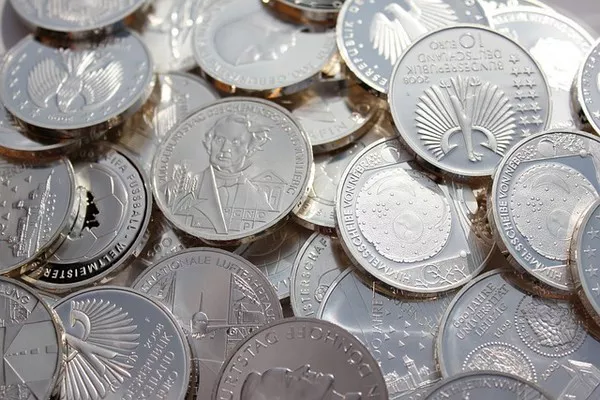Morgan Silver Dollars hold a special place in the hearts of collectors and investors alike. These iconic coins, minted from 1878 to 1921, embody a significant era in American history. However, with their popularity comes the risk of encountering counterfeit specimens. Distinguishing between genuine and fake Morgan Silver Dollars requires a keen eye for detail and a thorough understanding of the coin’s characteristics. In this comprehensive guide, we will explore the techniques and strategies essential for identifying counterfeit Morgan Silver Dollars, safeguarding your investments, and preserving the integrity of numismatics.
Historical Context:
To effectively identify counterfeit Morgan Silver Dollars, it’s crucial to grasp the historical context surrounding their production. Understanding the minting process, variations in design, and key features specific to each year of mintage can provide valuable insights into detecting counterfeit coins.
Authentication Tools:
Utilizing specialized tools can significantly aid in the authentication process. These tools may include magnifying glasses, digital scales, calipers, and even professional-grade coin authentication services. Investing in these tools can enhance your ability to spot minute discrepancies that may indicate a counterfeit.
Physical Examination:
Conducting a thorough physical examination is the first step in detecting counterfeit Morgan Silver Dollars. Pay close attention to the coin’s weight, diameter, and thickness, as these metrics can reveal inconsistencies indicative of a counterfeit. Genuine Morgan Silver Dollars typically weigh 26.73 grams and have a diameter of 38.1 millimeters, with a thickness of 2.4 millimeters.
Mint Mark Verification:
Mint marks play a crucial role in identifying genuine Morgan Silver Dollars. The most common mint marks include “O” for the New Orleans Mint, “S” for the San Francisco Mint, and “D” for the Denver Mint. Additionally, some Morgan Dollars lack a mint mark, indicating they were minted in Philadelphia. Familiarize yourself with the placement and style of mint marks corresponding to each mint to detect counterfeit coins.
Examination of Design Elements:
Scrutinizing the design elements of a Morgan Silver Dollar can reveal telltale signs of counterfeiting. Pay close attention to the details of Lady Liberty’s portrait, including her hair, facial features, and the denticles (small tooth-like shapes along the coin’s edge). Genuine Morgan Dollars exhibit crisp, well-defined details, while counterfeit coins may display blurred or poorly executed design elements.
Edge Inspection:
The reeded edge of a Morgan Silver Dollar serves as another indicator of authenticity. Genuine coins feature evenly spaced reeds along the edge, with no signs of tampering or alteration. Counterfeit coins may exhibit irregularities such as inconsistent reed spacing, file marks, or seam lines resulting from casting or manipulation.
Metal Composition Analysis:
Analyzing the metal composition of a Morgan Silver Dollar can help distinguish between genuine and counterfeit specimens. Genuine coins are composed of 90% silver and 10% copper, resulting in a distinctive metallic sound when struck against a hard surface. Counterfeit coins, often made from base metals or alloys, may produce a dull or hollow sound upon inspection.
Magnetic Testing:
Magnetic testing can be an effective method for identifying counterfeit Morgan Silver Dollars. Genuine coins, composed primarily of silver and copper, are typically non-magnetic. Conversely, counterfeit coins made from ferrous metals or alloys may exhibit magnetic properties. Utilize a magnet to test the coin’s magnetic susceptibility, noting any deviations from expected behavior.
Professional Authentication Services:
When in doubt, seeking the expertise of professional authentication services can provide peace of mind and ensure the integrity of your numismatic investments. Accredited coin grading companies employ advanced techniques and trained professionals to authenticate and grade coins accurately. Submitting suspicious specimens for professional evaluation can help confirm their authenticity and protect against potential losses.
See also The Soaring Costs of 2020 Silver Eagles: A Deep Dive
Conclusion:
Distinguishing between genuine and counterfeit Morgan Silver Dollars requires a combination of knowledge, experience, and attention to detail. By familiarizing yourself with the historical context, authentication tools, and examination techniques outlined in this guide, you can confidently identify counterfeit coins and safeguard your investments. Remember, thorough inspection, meticulous scrutiny, and, when necessary, professional authentication are essential steps in preserving the integrity of numismatics and ensuring the authenticity of your Morgan Silver Dollars.


